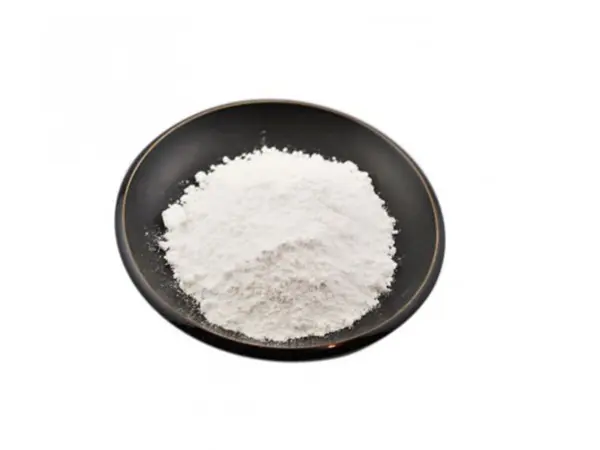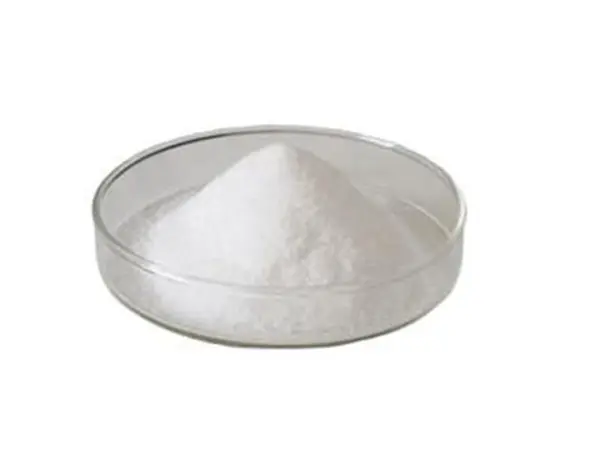Introduction:
Titanium dioxide (TiO2) is one of the most versatile and widely used materials in a variety of industries, including paints and coatings, cosmetics, and even food. There are three main crystal structures in the TiO2 family: rutile anatase and brookite. Understanding the differences between these structures is critical to harnessing their unique properties and unlocking their potential. In this blog, we’ll take a closer look at the properties and applications of rutile, anatase, and brookite, revealing these three interesting types of titanium dioxide.
1. Rutile Tio2:
Rutile is the most abundant and stable form of titanium dioxide. It is characterized by its tetragonal crystal structure, consisting of closely packed octahedrons. This crystal arrangement gives rutile excellent resistance to UV radiation, making it an excellent choice for sunscreen formulations and UV-blocking coatings. Rutile Tio2‘s high refractive index also enhances its opacity and brightness, making it ideal for producing high-quality paints and printing inks. Additionally, due to its high chemical stability, Rutile Tio2 has applications in catalyst support systems, ceramics, and optical devices.
2. Anatase Tio2:
Anatase is another common crystalline form of titanium dioxide and has a simple tetragonal structure. Compared to rutile, Anatase Tio2 has a lower density and higher surface area, giving it higher photocatalytic activity. Therefore, it is widely used in photocatalytic applications such as water and air purification, self-cleaning surfaces, and wastewater treatment. Anatase is also used as a whitening agent in papermaking and as a catalyst support in various chemical reactions. Furthermore, its unique electrical properties make it suitable for the production of dye-sensitized solar cells and sensors.
3. Brookite Tio2:
Brookite is the least common form of titanium dioxide and has an orthorhombic crystal structure that differs significantly from the tetragonal structures of rutile and anatase. Brookite often occurs together with the other two forms and has some combined characteristics. Its catalytic activity is higher than rutile but lower than anatase, making it useful in some solar cell applications. Additionally, the unique crystal structure of brookite allows it to be used as a mineral specimen in jewelry due to its rare and unique appearance.
Conclusion:
To sum up, the three materials of rutile, anatase and brookite have different crystal structures and properties, and each has its own advantages and applications. From UV protection to photocatalysis and more, these forms of titanium dioxide play an integral role in various industries, pushing the boundaries of innovation and improving our daily lives.
By understanding the properties and applications of rutile, anatase and brookite, researchers and companies can make informed decisions when selecting the form of titanium dioxide that best suits their specific needs, ensuring optimal performance and expected results.
Post time: Nov-21-2023



